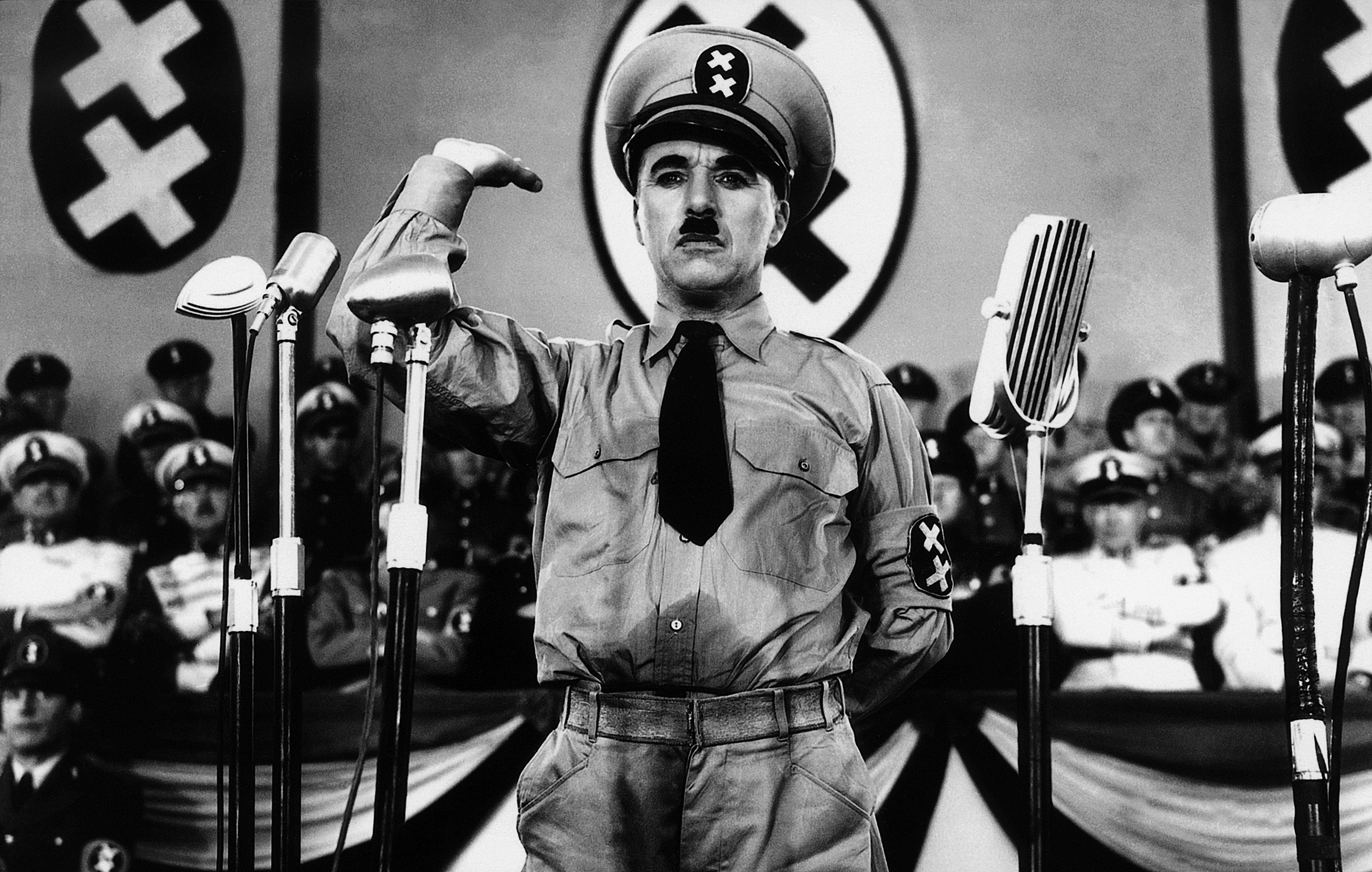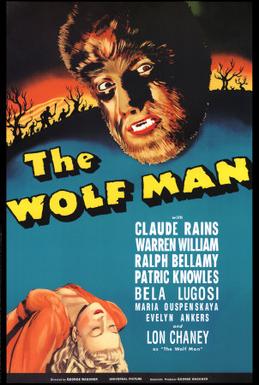FILM RESPONSES (5 POINTS EACH)
Here are the response questions you were expected to answer for each film. As long as you answer all the questions, these responses can be very short. You can handwrite these or email them to jwagner@ehhs.us:
ROSHOMON:
- What do you think really happened with the crime in the film? Why?
- What is this film's outlook on life? Do you agree or disagree with that outlook? Explain.
- After seeing this film, do you think you'll enjoy or not enjoy Kurosawa's films? Why?
SANSHIRO SUGATA:
- Name one moment when an axis cut was used in this film. Why do you think Kurosawa used it in that moment?
ESSAY (20 POINTS)
Then, on Friday, we wrote essays. The essay needs to be 500 words in length. It should follow the criteria found in this link. Email your essay to jwagner@ehhs.us. Your essay can be on one of the following topics:
- Consider ways that either Roshomon or Sanshiro Sugata touched you personally. Write an essay about the themes or other elements of the films that were important to you and why they matter to you so deeply. You will probably want to include a little bit of personal life story/experience if you do this one.
- In class, we learned that Akira Kurosawa was a painter at first. Write about how you feel his painter instincts come out in the films we've seen. Use specific examples from Roshomon and Sanshiro Sugata. Feel free to include screen shots from the films if it helps you make your point. (You can find screen shots on the internet.)
- Write a critical review of either Roshomon or Sanshiro Sugata. In your review, imagine that you are writing to a typical teenage audience. Without spoiling the ending, write about what your teenage audience might like or not like about the movie. Remember that this is a recommendation to help them decide if they should see it or not.
- Pick another essay topic you would like to write about that relates to the films Roshomon and/or Sanshiro Sugata. Have Will or Josh approve the essay topic and then write the essay.

_pic_2.JPG)















